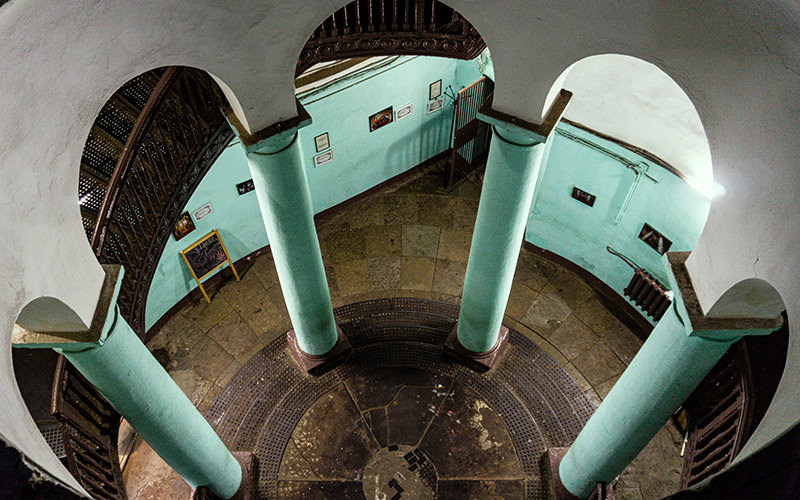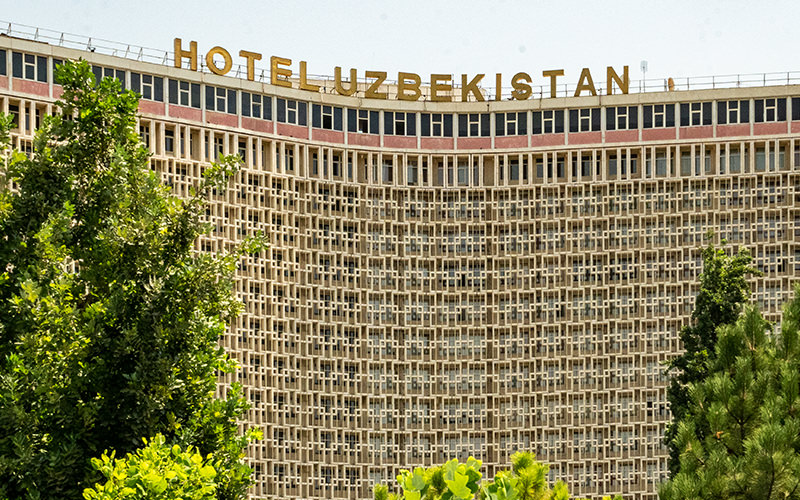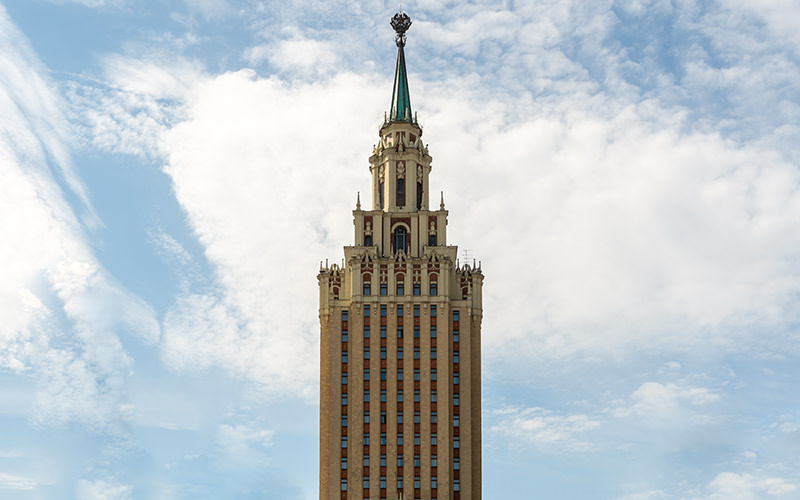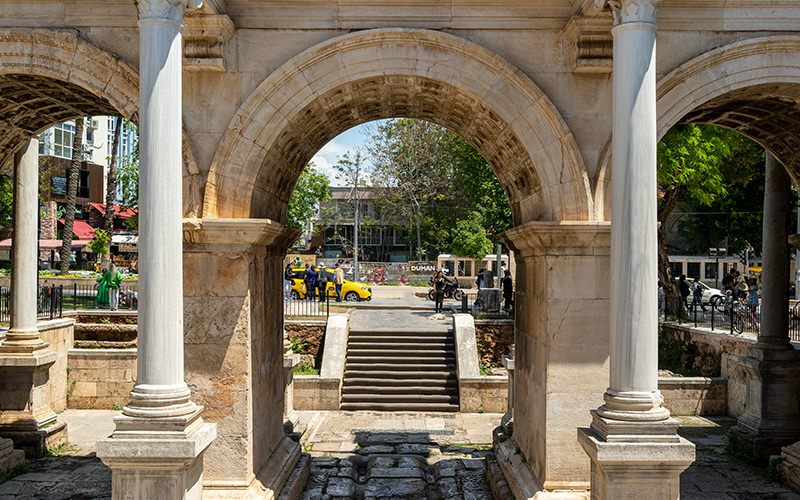In the central part of Antalya, there is a landmark known to many tourists as the Broken Minaret. During my stroll here, I looked at online maps and noticed that I was very close to this place. Naturally, I became curious about what this attraction with such an unusual name represented, so without hesitation, I headed towards it.
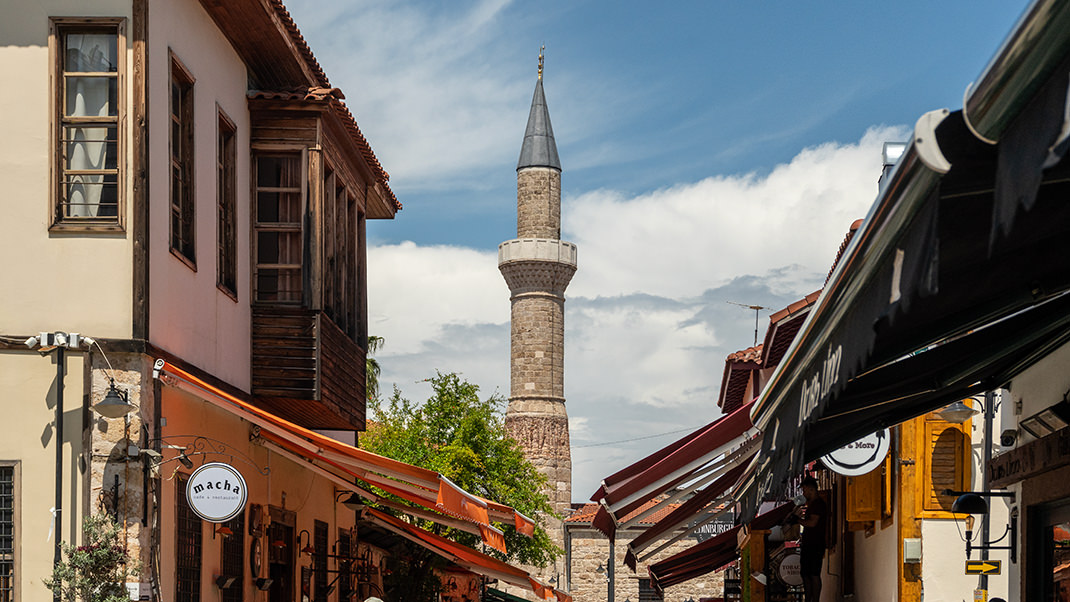
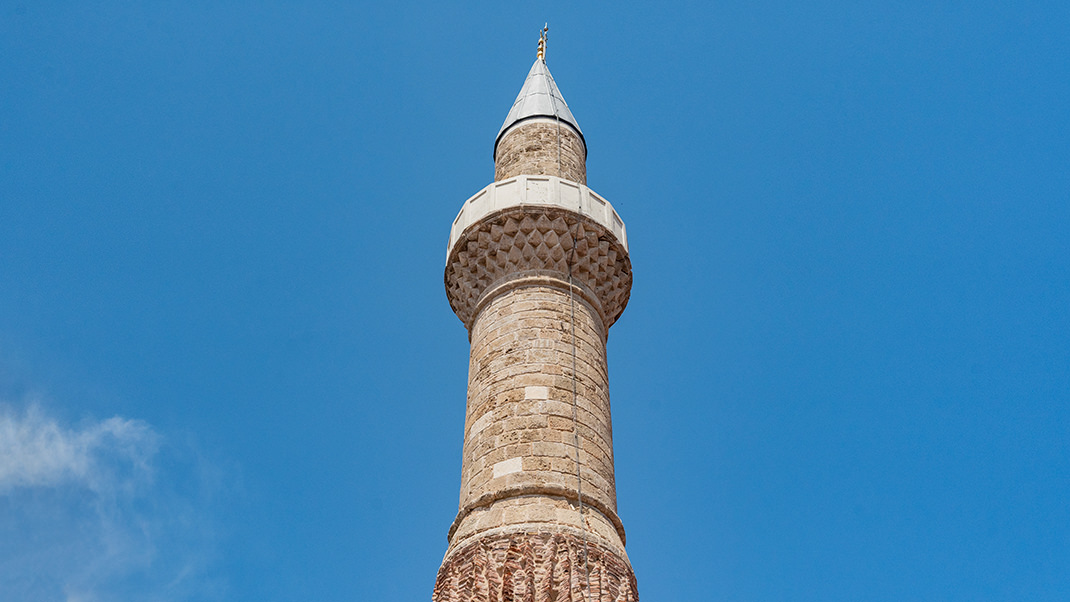
How to Get There
The minaret is part of the complex of the Shehzade Korkut Mosque. This attraction can conveniently be included in a walking route through the center of Antalya, as several well-known places in the city are located nearby.
On Google Maps, you can find it by searching for "Korkut Cami" (Panagia Kilisesi).
Entrance to the complex is free, but keep in mind that you'll need to take off your shoes while walking through the halls.
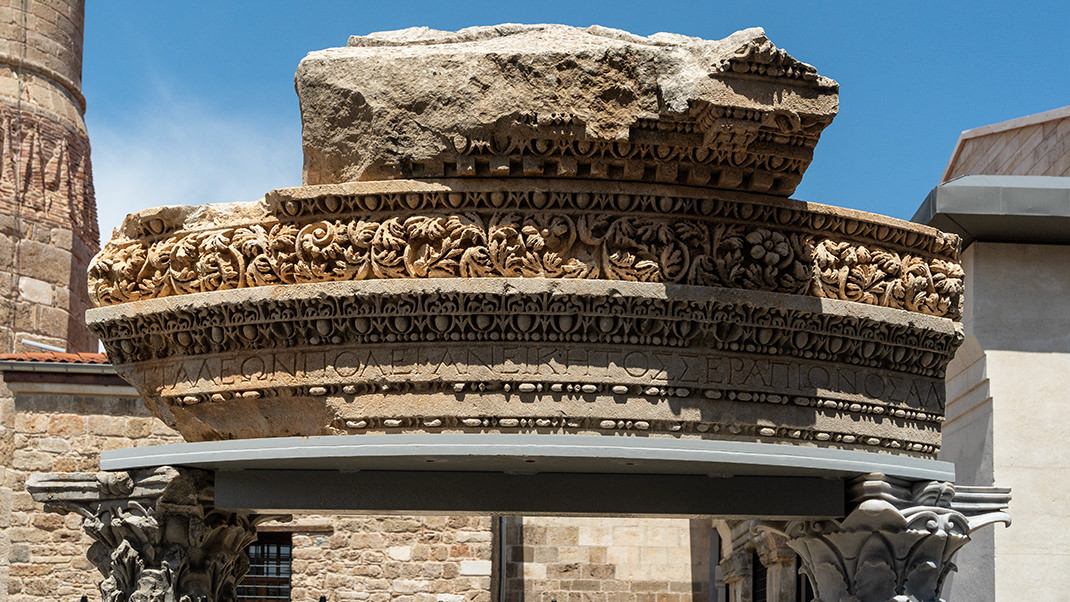
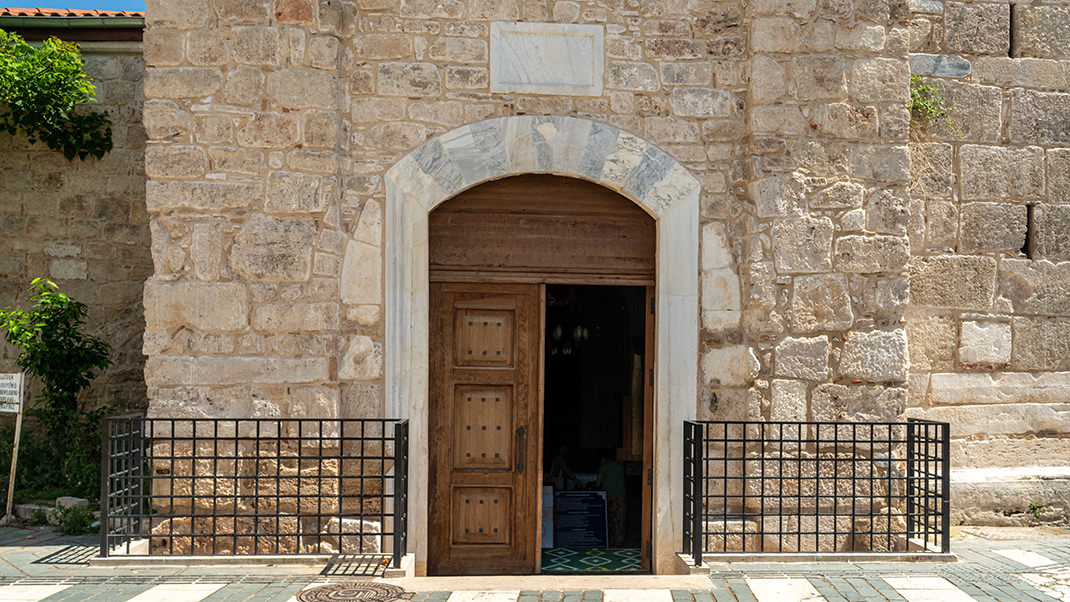
A Bit of History
The structure that once stood on the site of the present-day mosque dates back to the time of the Roman Empire and served as an agora—an ancient term for a place used for city gatherings and assemblies. Later, during the Byzantine era, a basilica was erected on this site.
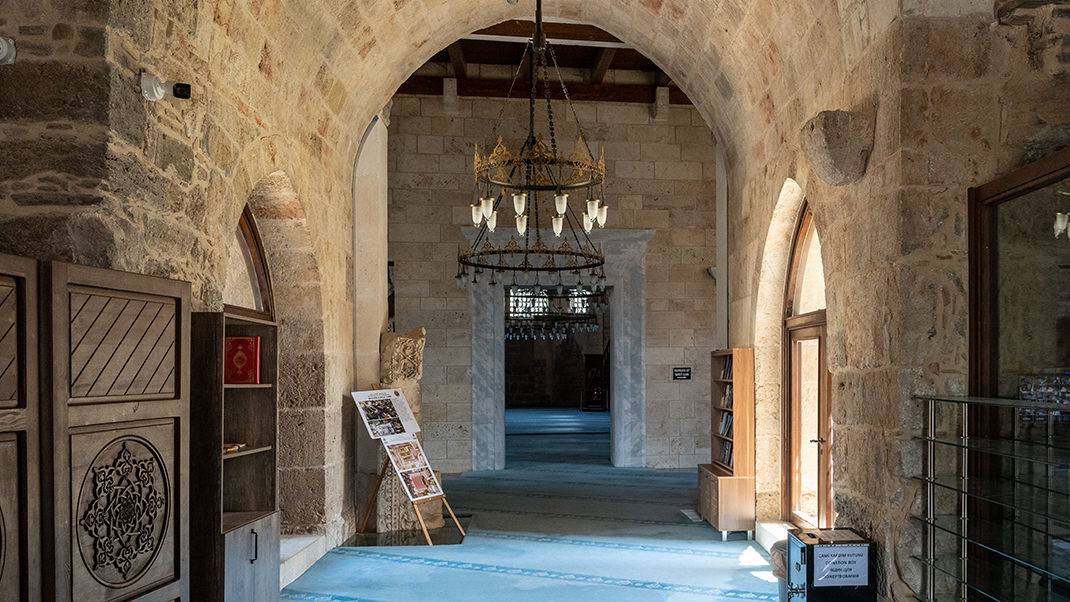
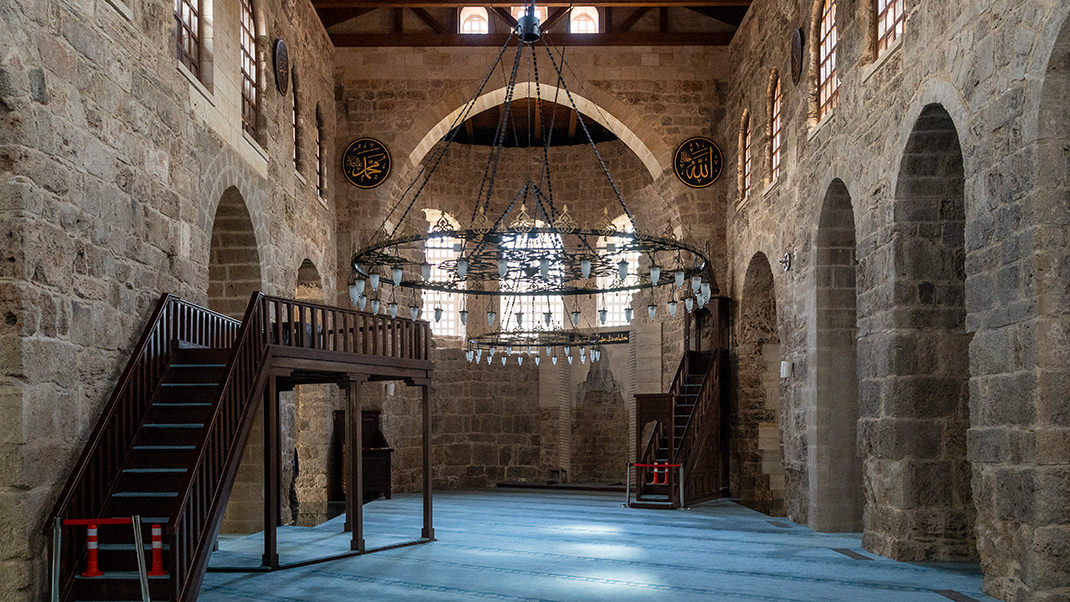
It is believed that the complex was converted into a mosque at the turn of the 15th and 16th centuries, during the lifetime of Shehzade Korkut (şehzade translates from Turkish as "heir to the throne"), the son of one of the Turkish sultans. The mosque derived its name from him.
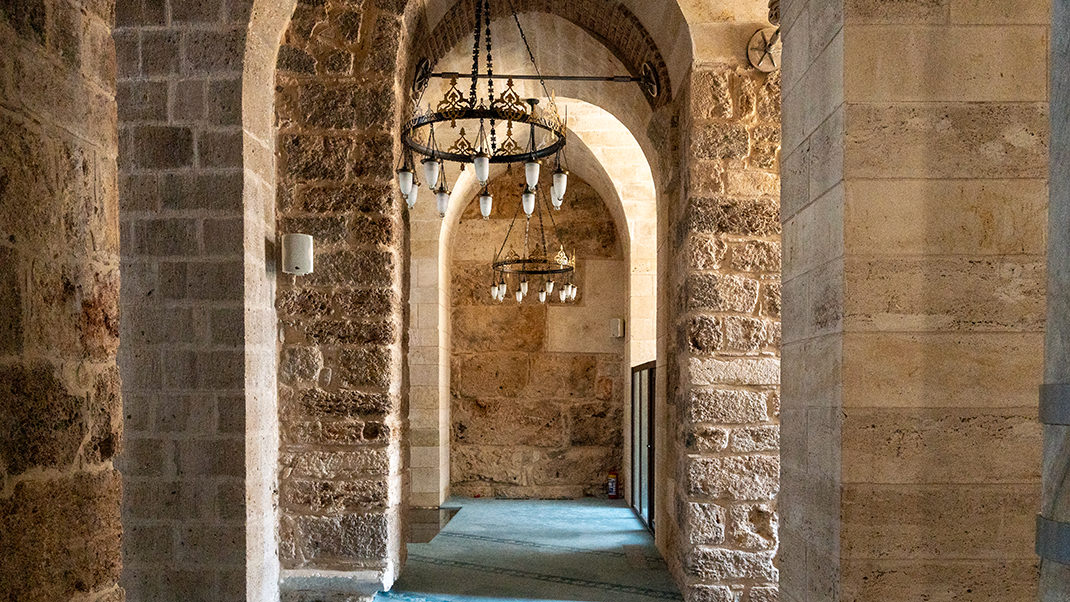
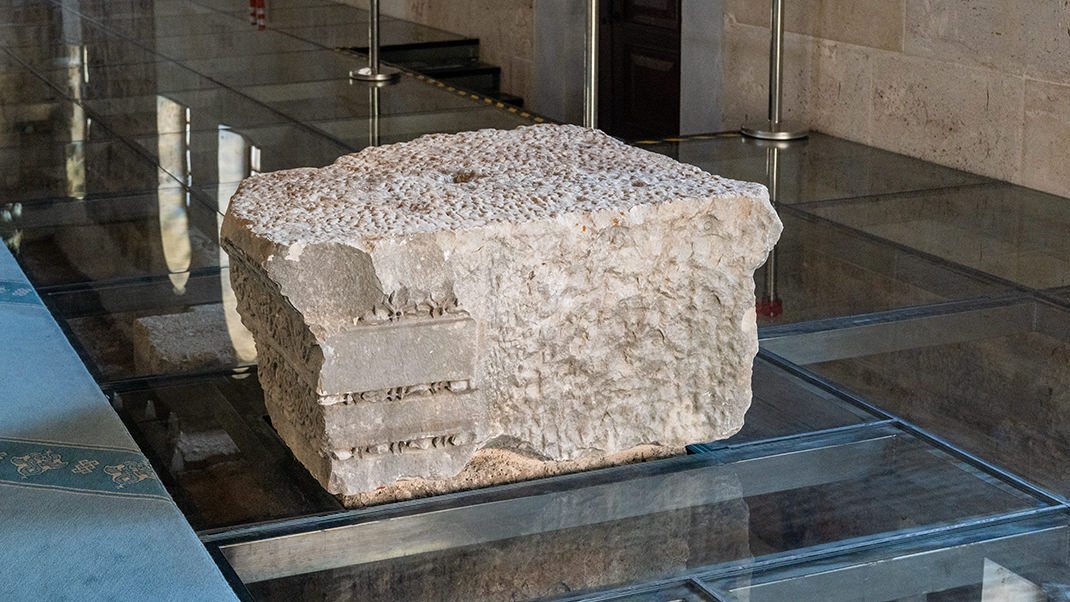
The mosque's minaret was called the Truncated, Broken, or Severed Minaret. This is because the wooden dome of the structure, along with its main volume, was destroyed during a fire in 1890. Even today, you can find photos of the minaret without its upper part on the internet. The name of the tower, Kesik, in Turkish means "cut" or "severed."
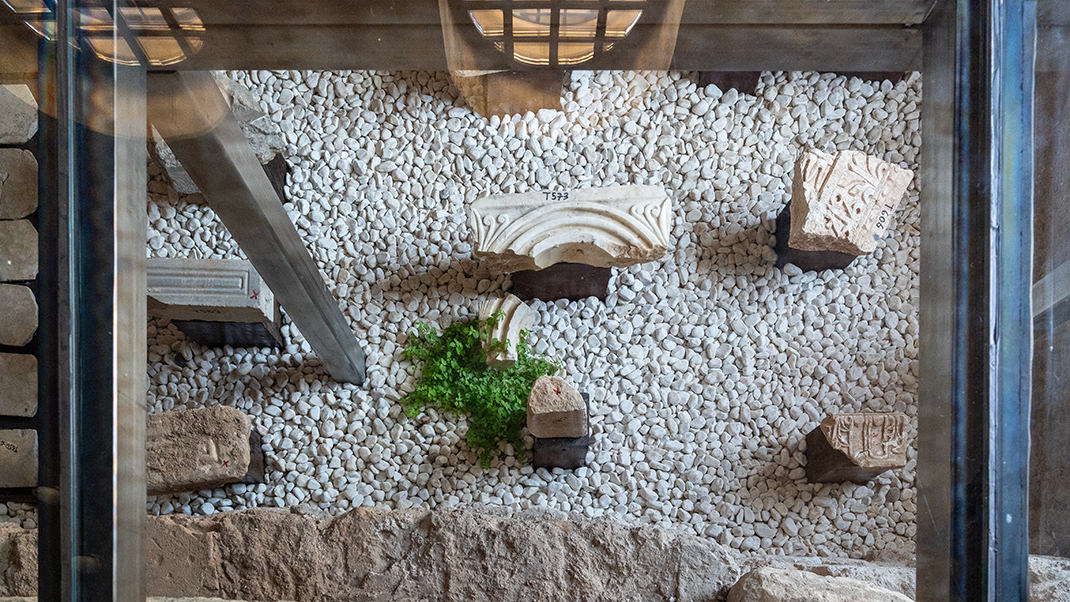
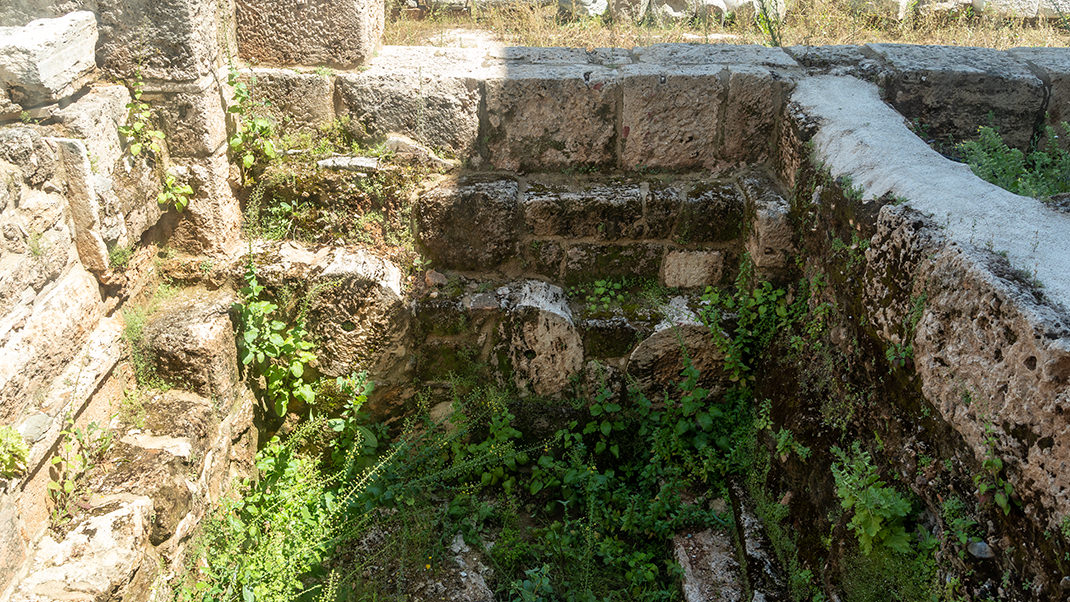
The renovated dome of the minaret was added during extensive reconstruction work of the entire complex, which commenced in 2017. As part of this project, the mosque building itself was recreated. Photos depicting the appearance of the place before and after restoration can be seen inside near the central entrance. In some parts of the building, floors are made of glass, likely done to showcase remnants of the ancient constructions within the complex to visitors.
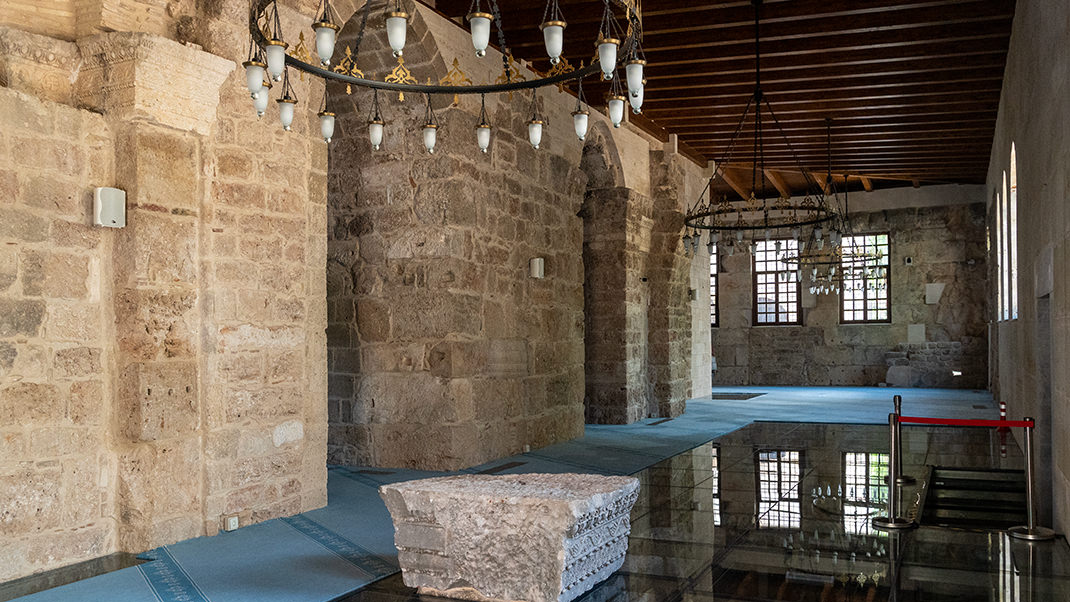
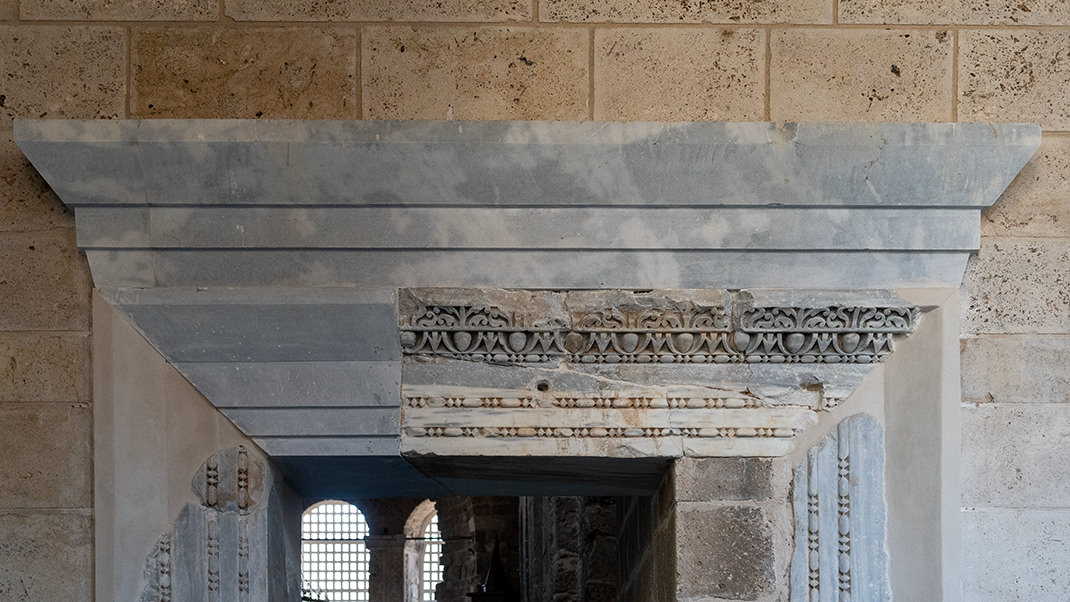
Here I conclude the narrative about the landmarks in the city center that I managed to visit during my short trip here. Next time, we will venture to the outskirts of Antalya to explore the ruins of the city of Lyrboton Kome — one of the most fascinating non-touristy places I encountered during my journey.
Have a nice trip!


